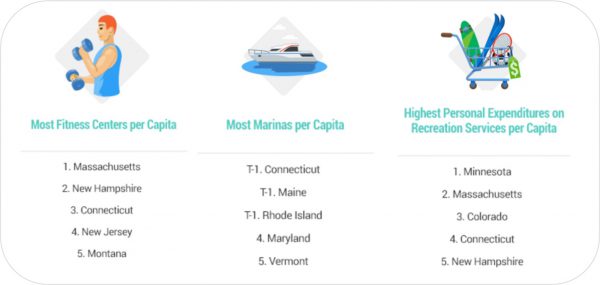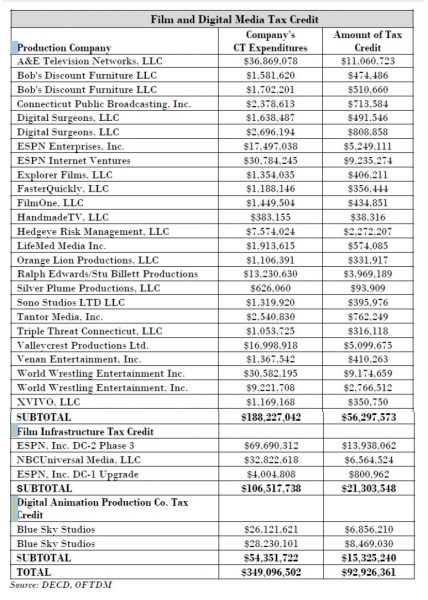Flexer Sees Bad Choices Ahead if State Doesn't "Do Something Dramatically Different"
/“Connecticut’s got to do something dramatically different,” implored State Sen. Mae Flexer. Her impassioned comments came as part of a panel discussion at the unveiling of the 2017 Kids Count Policy Report at the State Capitol. With budget negotiations proceeding in earnest amidst a worsening state fiscal situation, Flexer expressed her concern about the forces driving the conversation at the Capitol, and the long-term implications for residents in the state’s rural and urban communities.
“As I think about the days and the weeks ahead, I’m frustrated, because frankly, this building as far as I can tell right now, is being ruled by the voices of the people of the wealthy and suburban communities, and not by the voices of people (in these districts),” she said, following concerns raised by colleagues Rep. Brandon McGee (Hartford, Windsor) and Rep. Susan Johnson (Windham), who had focused on the significant disparities outlined in the report, and the adverse impact on children and families in Connecticut. 
“We’re not winning the battle,” said Flexer, who represents Killingly, Brooklyn, Canterbury, Mansfield, Putnam, Scotland, Thompson and Windham. “And as I sit here and think about what this data should be leading us to do, and the reality of the choices that we are going to be making in the next couple weeks, we’re going to be making bad choices,” Flexer continued.
The 37-page report, “Race Equity in the Five Connecticuts: A Kids Count Special Report“ provided detailed analysis on the disparities in the state’s differing communities, described based on demographic data as being in one of five categories: wealth, suburban, rural, urban periphery or urban core. The report was published by the Connecticut Association for Human Services.
The stark differences, according to Chief Executive Officer Jim Horan, “are reflected not only in disparities in economic well-being, but in education, health, and family and community indicators.” The report found “there are persistent inequities in outcomes along racial and ethnic lines. Poverty rates differ starkly by race and ethnicity, as do other economic indicators, academic achievement (including graduation rates), and health outcomes.”
“We need to do things differently,” Flexer told those attending the May 15 panel discussion, one of two held back-to-back as part of the release of the report that began with a detailed presentation of the report’s findings. “The workforce training program (that you’re talking about) – it’s not going to exist in four or five years on the path that we’re taking right now in Connecticut of thinking that we have to do things the same way but not bringing anymore resources into the picture and not thinking of creative ways to allocate those resources is just going to make these statistics worse. It’s going to make the outcomes for the communities that the three of us represent, worse. It’s going to drive up rates of poverty, it’s going to make a study like this when it’s done again in five years even more stark of a contrast between the different regions.”
Noting that the towns of Chaplin, Hampton, Windham, Scotland, and Mansfield were one town early in the state’s history, Flexer asked “how much money would that save if that were still the case? Is looking at our past the solution to what we need to do in the future, in a system with limited resources?”
Reflecting on the budget choices being discussed at the Capitol to reign in the multi-billion dollar deficit, Flexer expressed apprehension at some of the options under consideration.
“There are people who think that the Office of Early Childhood should no longer exist, that your commission [Commission on Children, Women and Seniors] should no longer exist, as a solution to Connecticut’s budget situation. That throwing more families off of HUSKY insurance coverage is the answer to the problem we’re in the State of Connecticut,” Flexer said.
Flexer’s frustration and apprehension, however, was tinged with optimism.
“I’m so grateful to have this report and to have this conversation. I’m hopeful that people will look at what you’ve put together here and understand that we’ve got to do things differently and we can’t fail folks in … these communities.”


 and Minnesota. Connecticut exceeded the national average in all three components – Jobs and Local Economy, Education, and Community Health and Civic Life.
and Minnesota. Connecticut exceeded the national average in all three components – Jobs and Local Economy, Education, and Community Health and Civic Life.
 Prevention and the U.S. Department of Justice.
Prevention and the U.S. Department of Justice.




 Nearly two-thirds of those surveyed in Connecticut (64%) called for “using technology to enhance the way students learn in the classroom” – the highest percentage among the six New England states. A majority called for “more significant efforts to close achievement gaps” (59%), more effective teachers (62%) and changes to the ways schools are funded (57%). The state legislature in Connecticut is currently considering changes in the school funding formula proposed by Gov. Malloy in the wake of a state court decision.
Nearly two-thirds of those surveyed in Connecticut (64%) called for “using technology to enhance the way students learn in the classroom” – the highest percentage among the six New England states. A majority called for “more significant efforts to close achievement gaps” (59%), more effective teachers (62%) and changes to the ways schools are funded (57%). The state legislature in Connecticut is currently considering changes in the school funding formula proposed by Gov. Malloy in the wake of a state court decision.

 The overall rankings were weighted 80-20 between Entertainment & Recreation and Nightlife. The Entertainment & Recreation categories included restaurants, beaches, movie theaters, national parks, arts venues, and state spending on parks and recreation. The nightlife category included average beer & wine prices, movie costs, music festivals and access to bars.
The overall rankings were weighted 80-20 between Entertainment & Recreation and Nightlife. The Entertainment & Recreation categories included restaurants, beaches, movie theaters, national parks, arts venues, and state spending on parks and recreation. The nightlife category included average beer & wine prices, movie costs, music festivals and access to bars.




 aphy”.
aphy”.


 The Office “actively assists local, national and international motion picture, TV and media production entities with finding locations in Connecticut, rules and procedures, securing permits, hiring local cast and crew and other services,” according to the agency’s website. In addition, the Office “represents the state and its agencies, municipalities and resident media professionals in interactions with media production entities and the industry at large.”
The Office “actively assists local, national and international motion picture, TV and media production entities with finding locations in Connecticut, rules and procedures, securing permits, hiring local cast and crew and other services,” according to the agency’s website. In addition, the Office “represents the state and its agencies, municipalities and resident media professionals in interactions with media production entities and the industry at large.” venue in the city. Ralph Edwards/Stu Billett Productions received nearly $4 million in tax credits in fiscal year 2016, spending just over $13 million in the state on a number of prominent program productions.
venue in the city. Ralph Edwards/Stu Billett Productions received nearly $4 million in tax credits in fiscal year 2016, spending just over $13 million in the state on a number of prominent program productions.





























